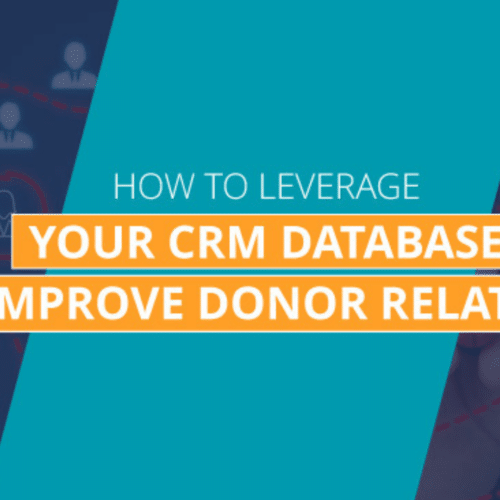One of the most important values and attributes we, as fundraisers, can have is gratitude. This may seem obvious. After all, there’s such an increased focus on donor-centricity, “donor love”, and the research that directly links a positive donor experience to increased philanthropic investments. Put simply, without showing gratitude to our donors and volunteers, we fail in our work. Everybody understands this, right? So it astounds me—in fact, downright flabbergasts me—when I hear of fundraisers who still don’t get this core tenet. I recently spoke to someone who is volunteer of and donor to an organization who recounted to me an experience that demonstrates how far we still need to go to practice gratitude.
This volunteer reconnected with an organization with which she had been involved many years before and had pulled away. As a first step of reengagement she was invited to join a committee to help plan a fundraising event. This seemed like a perfect fit. But she told me of her growing sense that the staff at this organization didn’t quite know how to manage volunteers effectively and either didn’t respond to or seemed annoyed by her suggestions and questions as to how she could best add value and to make this event the most effective it could be. After a recent committee call, the Director of Development invited her to meet in person. Instead of a constructive planning discussion, it made the volunteer come away with such a feeling of annoyance and ingratitude. Here’s why…
- There was no thank you. As the Director of Development began the meeting, instead of saying “thank you for serving on this committee, we’re really glad to have your expertise.” She started with “I thought it might be useful to give you the background of the event so you understand the context of what we’re trying to achieve.” The twenty-minute monologue that ensued felt like an indirect dressing down and declaration that they were just fine as they are and didn’t really need this volunteer’s input, thank you very much.
- She felt invisible. Never once did the staff person ask this volunteer anything about herself. Remember, she’s a new volunteer, recently reconnecting back to the organization, and this is the first time they were meeting. Oh, and by the way, the volunteer also made a small gift (still in the test mode for sure) and recently attended an event they had. The Director of Development showed no curiosity about the volunteer, her interests, what’s important to her as a person and donor. It goes without saying that she also had no idea the volunteer had made a gift recently or attended that event. So, in addition to not thanking her for her service, the Director of Development also never thanked the volunteer in person for her recent gift either…even when the volunteer mentioned she had done both. The Director of Development didn’t view this meeting as a step in building a relationship with a donor and this volunteer felt it.
What are the morals of this story?
First, as nonprofits, we can’t do our work without donors and volunteers. So, if someone makes a gift or shows interest in getting involved as a thought partner, act and, more importantly, be authentically appreciative of the resources, talents, and perspectives he or she can offer. If you don’t, donors and volunteers notice.
Second, volunteers should know they are valued and heard. They are busy balancing demands in their professional and personal lives. But they care enough to want to give some of their precious limited time to be partners with an organization, not people to whom busy work is delegated to make them feel involved. If they don’t think that their involvement or time is going to make a difference to an organization, they will likely reprioritize how they give and get involved where they can have the biggest impact.
Finally, it should come as no surprise that the keywords of “gratitude” and “impact” are at the top of the list of reasons why donors give according to Bank of America’s Study of High Net-Worth Philanthropy. Donors and volunteers of time and other non-monetary resources are driven by the same motivation—to make a difference. Hopefully you consider these as important drivers for all of your stakeholders’ involvement in your work.



